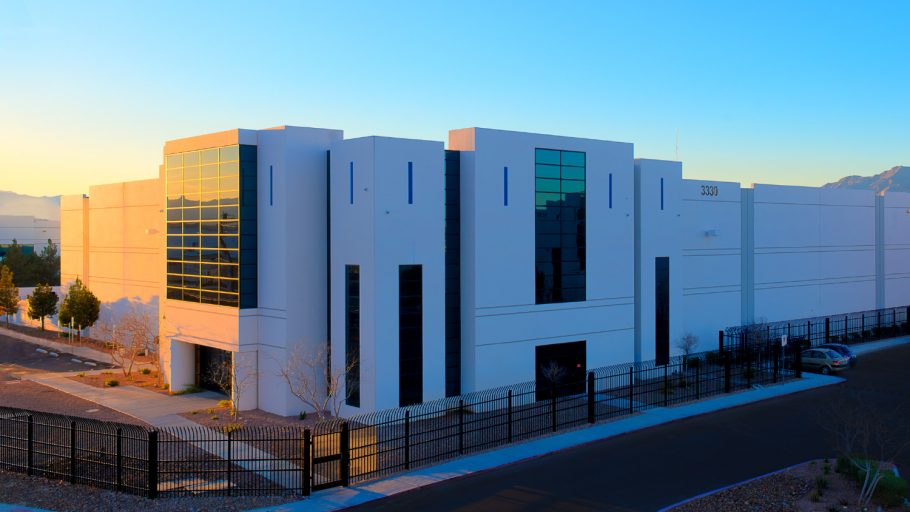Organizations choose Hybrid IT deliberately for a variety of unique reasons, but ultimately, they do it because it makes business sense. It also offers greater flexibility, which has now become a key consideration for enterprises, especially when evaluating providers that offer a mix of traditional on-premises and cloud-based solutions, or ready-made disaster recovery solutions. Flexential, a leading provider of data center colocation, cloud, and connectivity, conducted a study on the benefits of Hybrid IT, and the most common reason to choose a hybrid environment was clearly that it is considered to be “the best of both worlds.”
Flexential was formed in 2017 by the unification of two legacy data center providers, ViaWest and Peak10. With flexibility and essentiality at the core of the new brand, it now holds a unique space in the industry with its FlexAnywhere™ solutions approach and nationwide platform, and focus on the needs of mid-sized enterprises. Naturally, the driving force behind the evolution of the company’s strategy has been the need to help CIOs face the IT infrastructure management challenges posed by rapid growth and the shift to always-on business models.
The newly debuted FlexAnywhere™ platform is the backbone to the company’s consultative Hybrid IT approach, as it matches workload and application requirements with the appropriate infrastructure solution. The three FlexAnywhere™ blueprints are specifically designed to address the key pain points CIOs face in meeting ever-changing business challenges:
1) Improving application performance and reliablity: addresses the challenge of aging IT infrastructure by helping CIOs develop short- and long-term strategies to optimize costs and manage commitments.
2) Providing agility and ability to scale IT infrastructure: meets demanding SLA, application and network availability requirements and provides CIO-level visibility into critical infrastructure.
3) Delivering superior network performance and interconnection: provides secure and reliable connectivity to core data centers and improves network reliability to customers’ cloud providers and business partners.



